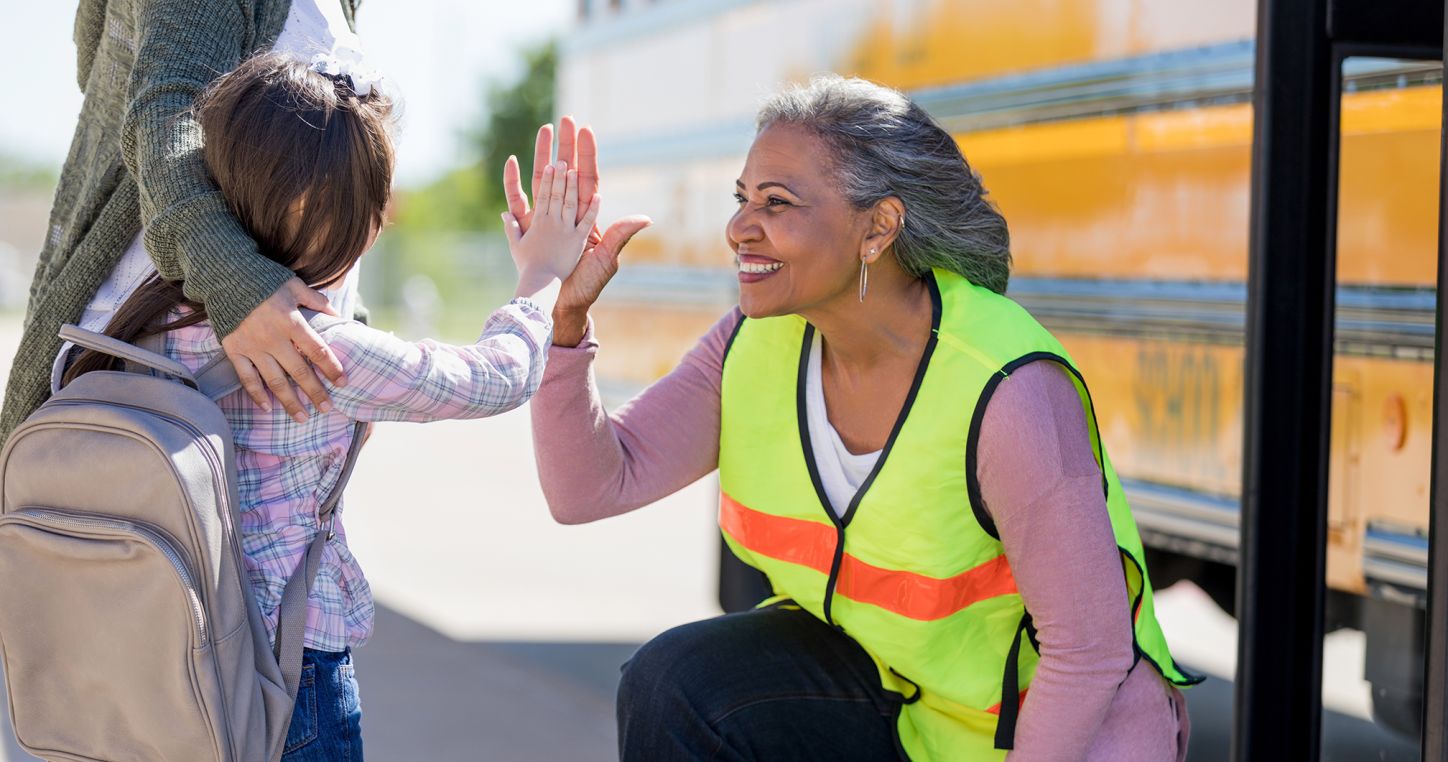Women’s health and wellbeing: Guidance and advice on different topics
The NASUWT's Women's Health and Wellbeing toolkit offers comprehensive advice and guidance for managing health issues that specifically affect women in the workplace. The site offers three separate guides on (i) endometriosis, adenomyosis and fibroids in the workplace; (ii) managing menopause in the workplace; (iii) valuing maternity. The toolkit emphasizes the importance of creating a supportive work environments, valuing maternity, and ensuring that women receive the necessary accommodations and understanding to maintain their health and wellbeing while fulfilling their professional duties.
- Publisher
- NASUWT - The Teachers' Union
- Country
- United Kingdom
- Year of publication
- 2025
- Region
- Europe
- Topics
- Physical health Women’s psychological and physical health
- Available in
- English
- Categories of staff
- Teachers
- Specific communities
- Women
- Resource type
- Web page
